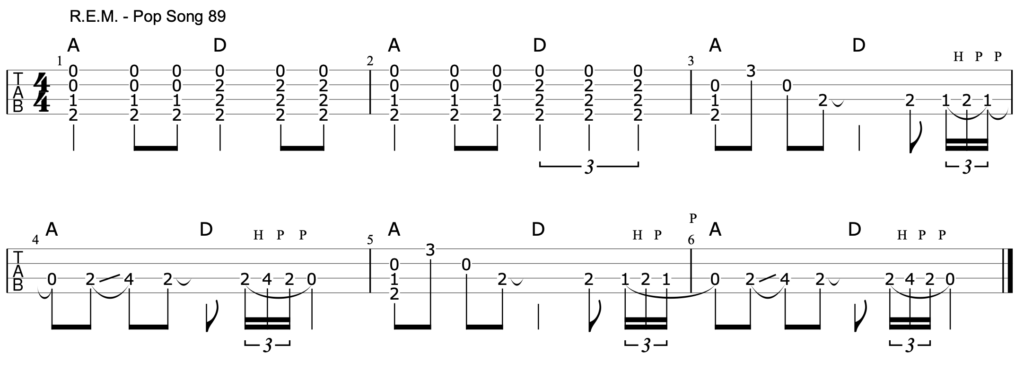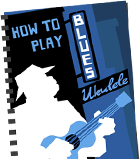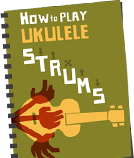A massive thanks to all Uke Hunt’s Patreon backers for keeping the site up and running this month. And double thanks go to these legendary patrons of the arts:
And extra thanks to March’s Tenor level backers:
– Arthur Foley
– BigHempin
– Colleen Petticrew
– Dennis Boutsikaris
– Elizabeth Beardsley
– Ely Fletcher
– Ivo
– Jameson Gagnepain
– Jeff K
– Jon Kenniston
– Kelby Green
– Leia-lee Doran
– Margit Stadlmann
– Mary
– Moses Kamai
– Pat Weikle
– Pauline LeBlanc
– Robert
– Ryan Grubbs
– Tina Knight
If you join Patreon at the Concert level or higher, you’ll get access to all previous exclusive tabs including April’s: ELO’s Mr Blue Sky







